BYD is racing to erase the Gulf’s EV anxiety with a single promise: charge like you refuel. The Chinese automaker’s plan to roll out a large-scale BYD charging network — between 500 and 1,000 ultra-fast stations across Saudi Arabia and the UAE — aims to change how drivers feel about electric cars and to put infrastructure where it’s most needed.
What’s happening now
BYD’s executive team says its “Flash Charging” system can add roughly 400 km of range in about five minutes, using a megawatt-capable architecture that far outpaces typical public chargers. That promise lies at the heart of the BYD charging network push: reduce charging time, reduce anxiety, and make EV ownership realistic across vast desert distances.
Why the Gulf matters
Gulf states are actively shifting away from oil dependency and investing in clean mobility as part of national strategies such as Saudi Vision 2030. But the region still faces real barriers: extreme heat that strains batteries, few long-distance chargers outside city hubs, and low EV market share in certain markets. For example, Saudi Arabia had only about 101 public charging points as recently reported — a major shortfall if the kingdom hopes to electrify significant portions of its fleet.
BYD’s technical edge
At the center of BYD’s offering is the Super e-Platform and a high-voltage 1,000-V architecture that supports rapid “Flash Charging.” BYD’s engineers redesigned battery architecture and thermal systems so cells can accept much higher charging currents safely — a necessary step to push charging speeds toward a refueling-like experience. The company has signalled European and GCC rollouts that leverage the CCS2 connector standard in markets outside China, simplifying customer experience.
Strategic partnerships — local ties that matter
Crucially, BYD is not building this alone. In the UAE, the company’s partnership with Al-Futtaim (Al-Futtaim) gives it immediate retail, after-sales and charging-installation muscle. That local network helps BYD sell cars and install turnkey home and business chargers, making ownership easier for consumers and fleets alike
In Saudi Arabia, BYD signed a Joint Development Agreement with Saudi Aramco (Saudi Aramco) on April 21, 2025, a move that goes beyond distribution to joint R&D and local technology development. That alignment with the kingdom’s largest energy company embeds BYD into national energy plans and supply chains.
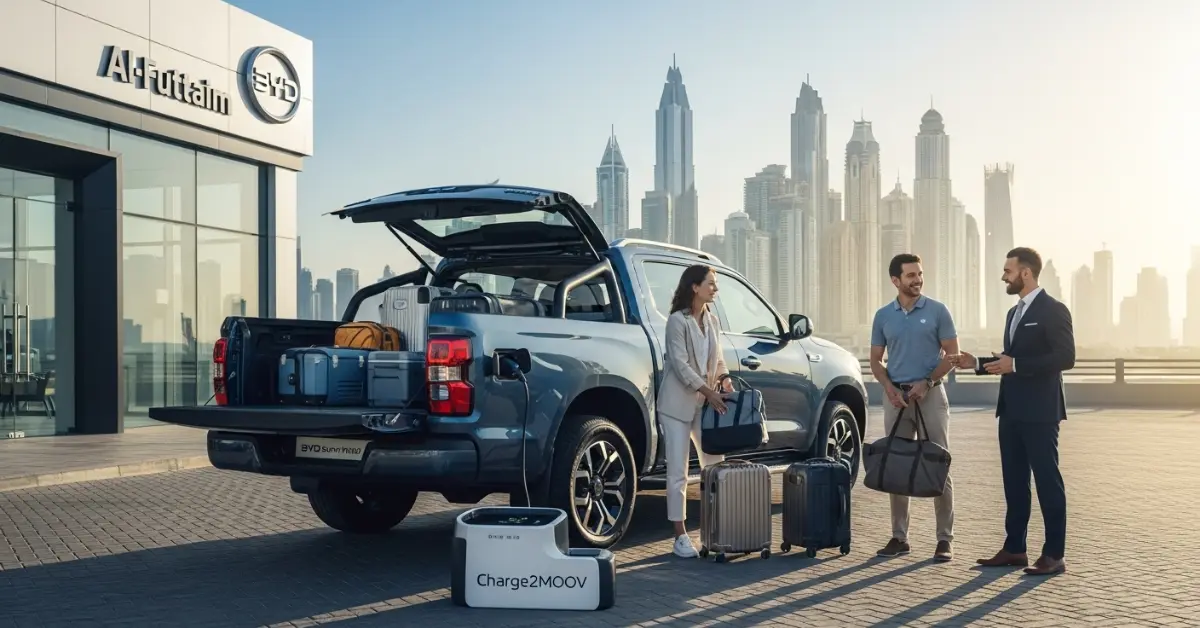
What executives are saying
“BYD plans to roll out a network of flash chargers that can remove a key psychological barrier to EV adoption,” said Stella Li (Stella Li), BYD Executive Vice President, speaking to media at recent European briefings. Her comments underline the company’s global intentions to move Flash Charging beyond China.
On the ground in the kingdom, Jerome Saigot (Jerome Saigot), BYD’s Managing Director for Saudi Arabia, has been explicit about expansion: BYD will grow showrooms from three to ten locations and forecasted thousands of sales while supporting rapid infrastructure rollout. “Saudi is a complex market. You need to go fast. You need to think big,” he said.
Product strategy — hybrids as a bridge
BYD’s regional strategy is pragmatic. Rather than push pure BEVs only, the company is leaning on Super Hybrid models (plug-in hybrids with substantial EV range) to address real-world Gulf conditions: high temperatures, long desert trips, and patchy long-distance charging. This hybrid-first “bridge” makes electrified driving practical today while charging infrastructure scales up. The approach aims to broaden appeal among drivers who are cautious about full electrification.
Market context and competition
The Gulf is a hotly contested territory. Tesla currently has brand recognition and a nascent presence, but BYD’s combined play — faster charging tech, local partners, and a hybrid-inclusive lineup — creates differentiated value. Recent European sales momentum for BYD also shows the company’s global push is working, offering momentum as it expands in the GCC.
Numbers that matter — a quick table
| Metric | BYD claim / plan | Why it matters |
|---|---|---|
| Planned chargers (KSA + UAE) | 500–1,000 stations | Scale needed to reduce range anxiety and enable cross-city travel |
| Peak charging power | ~1,000 kW (1 MW) | Near-refueling speeds — up to ~400 km in ~5 minutes |
| Saudi public chargers (2024/2025) | ~101 stations | Infrastructure deficit BYD aims to address. |
| BYD showroom growth (KSA) | 3 → 10 by H2 2026 | BYD claim/plan |
Balancing the view — risks and critics
Large infrastructure bets come with big risks. Analysts point to the cost and complexity of deploying megawatt charging in extreme climates and the need for local grid upgrades and strong cooling systems. Some investors also watched Berkshire Hathaway’s divestment from BYD as a signal to scrutinize capital markets’ appetite for long-duration industrial investment, though industry analysts say divestment can reflect portfolio strategy rather than operational weakness. BYD’s long-term success in the Gulf will depend on execution, grid planning, and smooth local partnerships.
Policy and demand drivers
Governments in the GCC are actively incentivising electrification: fleet electrification, subsidies, toll or parking benefits, and public charging targets. Saudi Vision 2030’s aim for a larger EV share in Riyadh and UAE policies encouraging government fleet electrification are policy tailwinds that BYD’s charging rollout is designed to complement. Still, the market’s volatile forecasts (wide ranges in market-value estimates) show analysts disagree on near-term demand — making rapid infrastructure a calculated but risky first mover move.
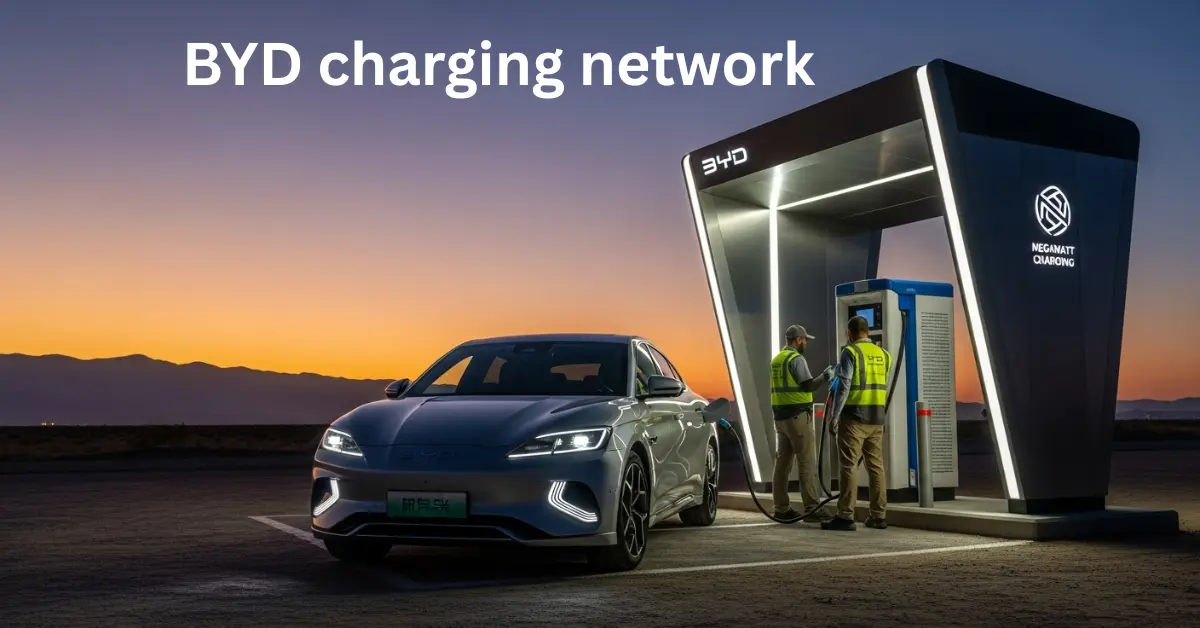
What to watch next
Watch three markers closely: (1) how many public BYD flash stations go live in 2026; (2) whether local grids and cooling infrastructure can support sustained megawatt outputs in Gulf heat; and (3) whether Super Hybrid sales gain traction as the “bridge” product. If BYD’s combination of tech and local partners works, other OEMs may replicate the model. If not, the company will still have learned valuable lessons about scaling high-power charging in harsh climates.
Conclusion
BYD’s push to build a BYD charging network across Saudi Arabia and the UAE is more than a commercial play — it’s an infrastructure strategy that ties into national energy goals and local partners. If the flash network arrives at scale and the hybrids deliver practical use, BYD could set a new standard for entering complex emerging markets. For policymakers and investors, the rollout will be a live test of how business strategy can line up with public electrification ambitions. Share this story if you think fast charging will finally make EVs practical for Gulf drivers.

Hey, I’m Arafat Hossain! With 7 years of experience, I’m all about reviewing the coolest gadgets, from cutting-edge AI tech to the latest mobiles and laptops. My passion for new technology shines through in my detailed, honest reviews on opaui.com, helping you choose the best gear out there!
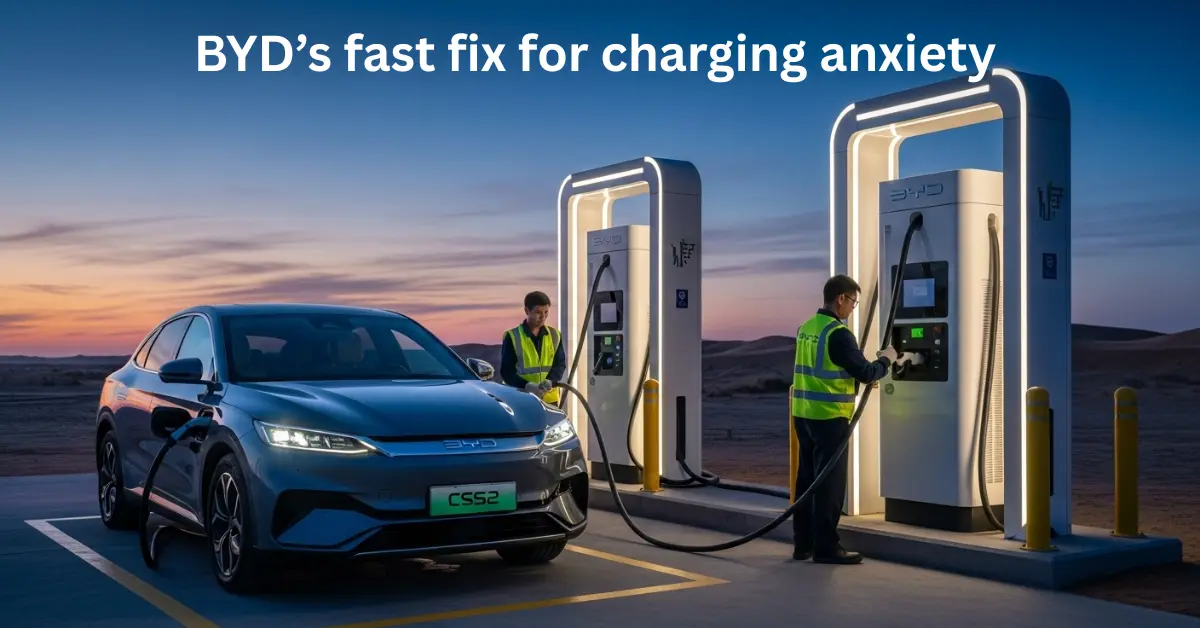
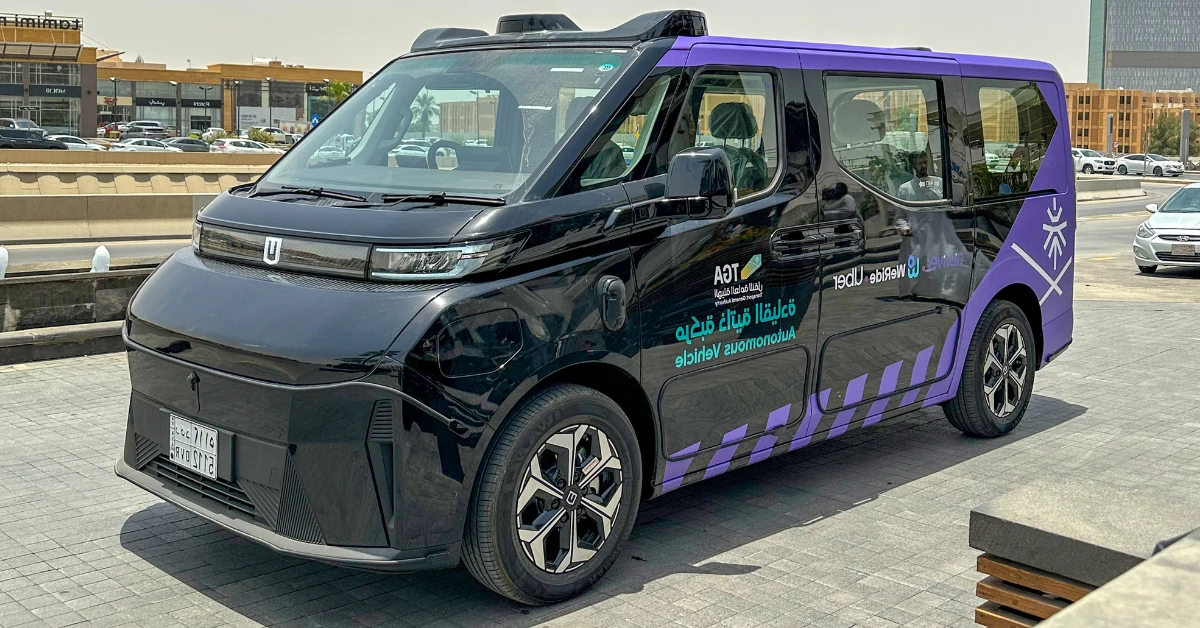
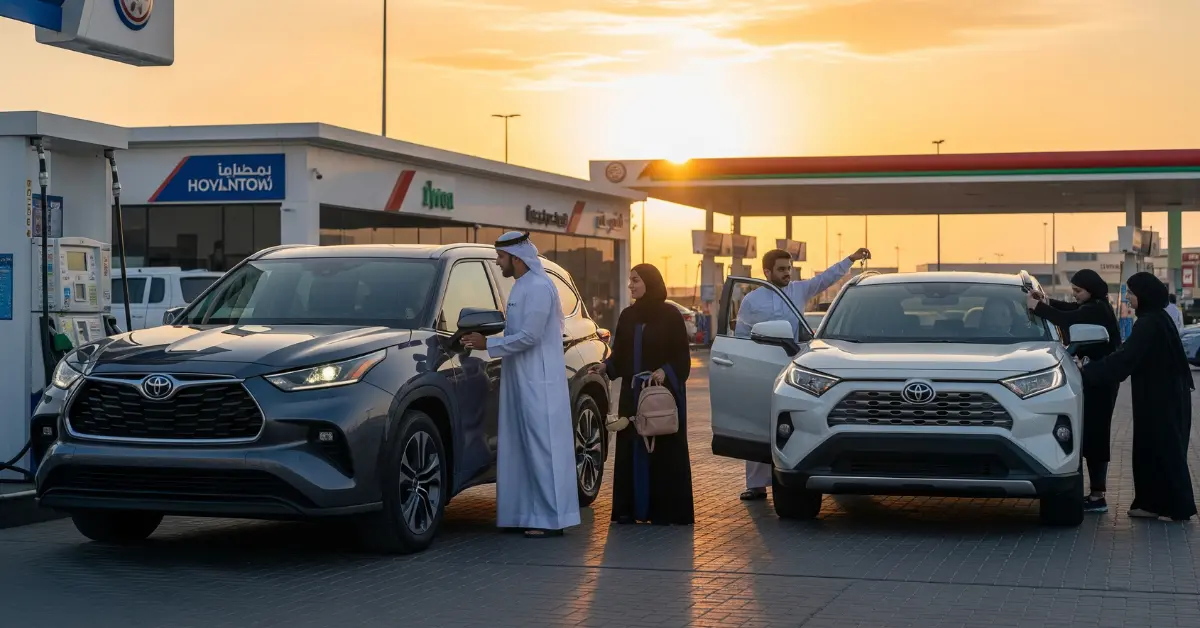
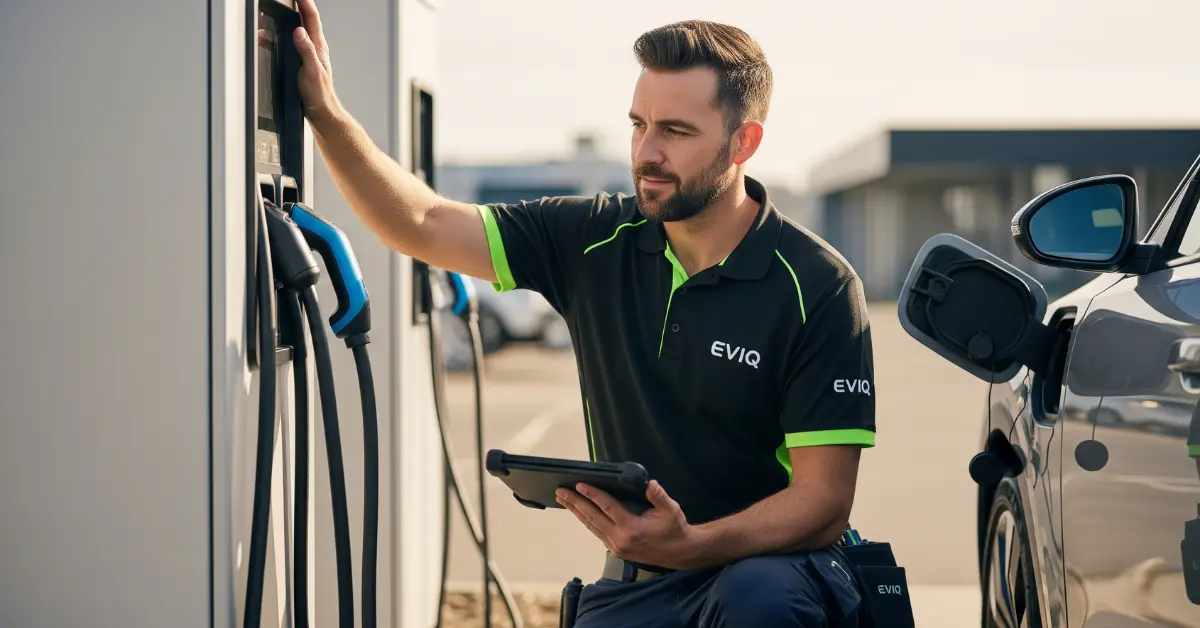
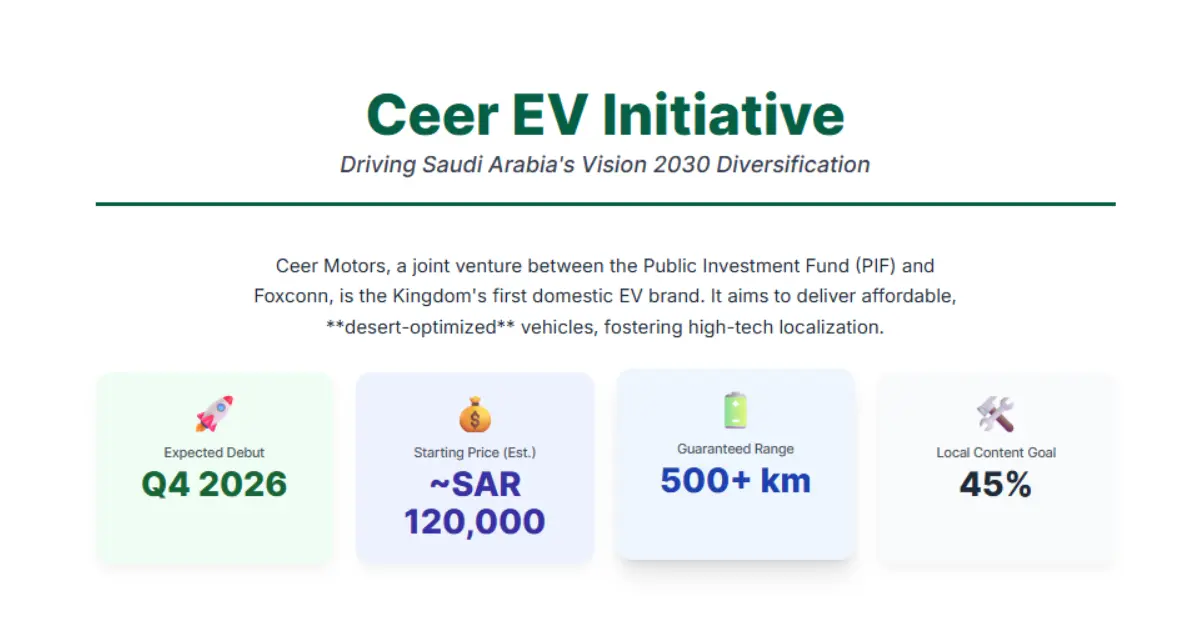
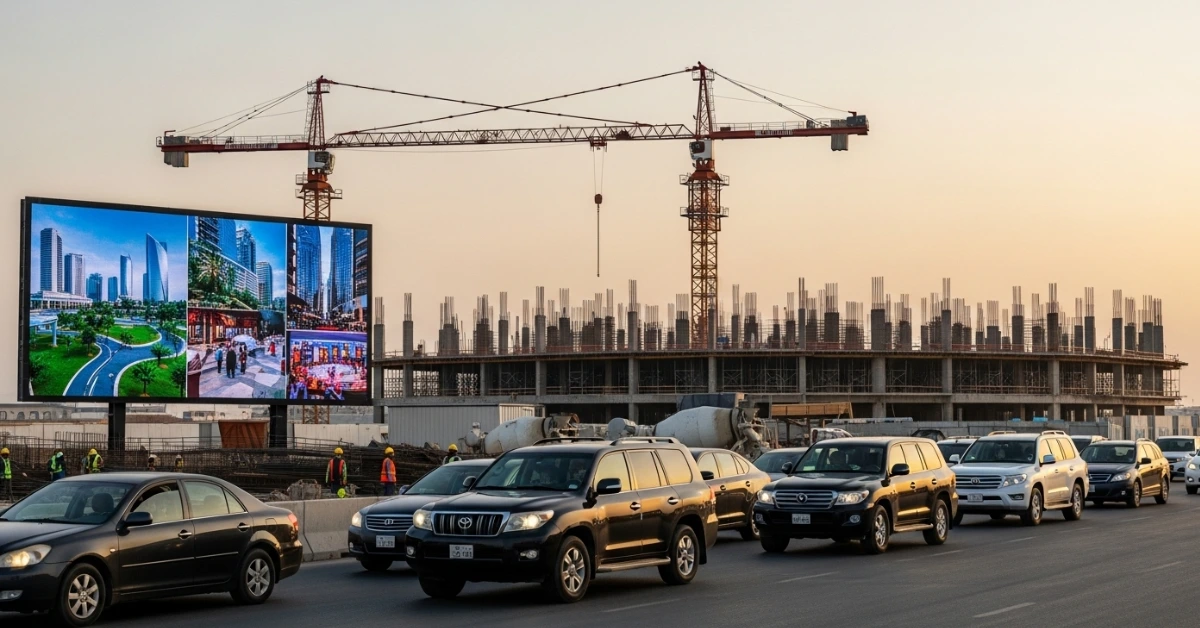
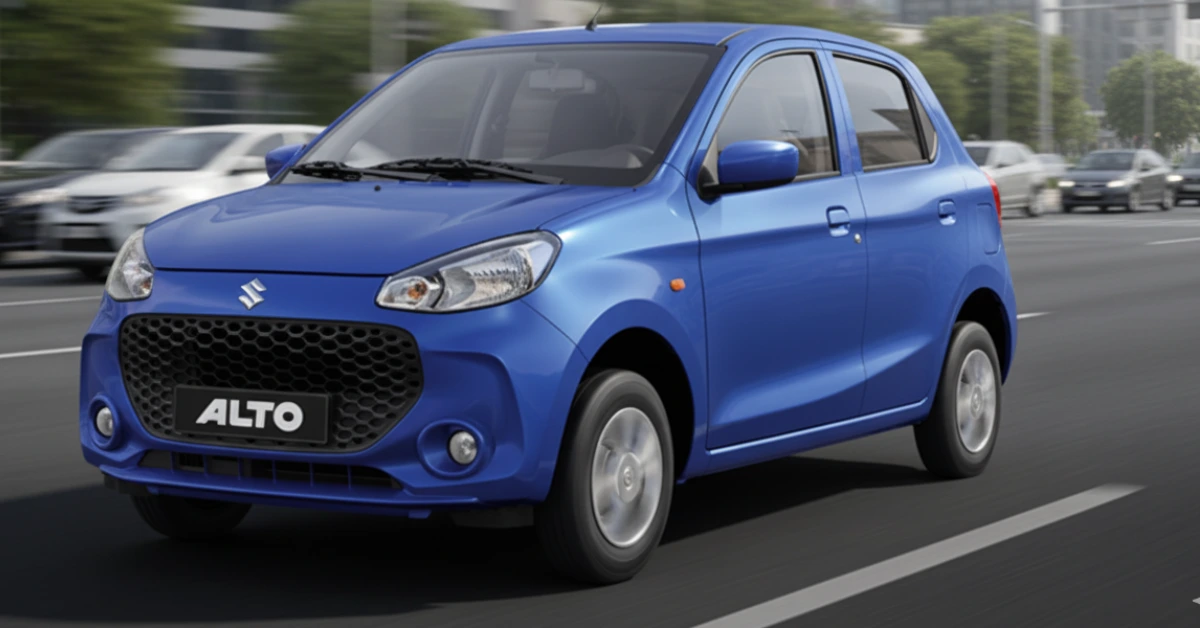




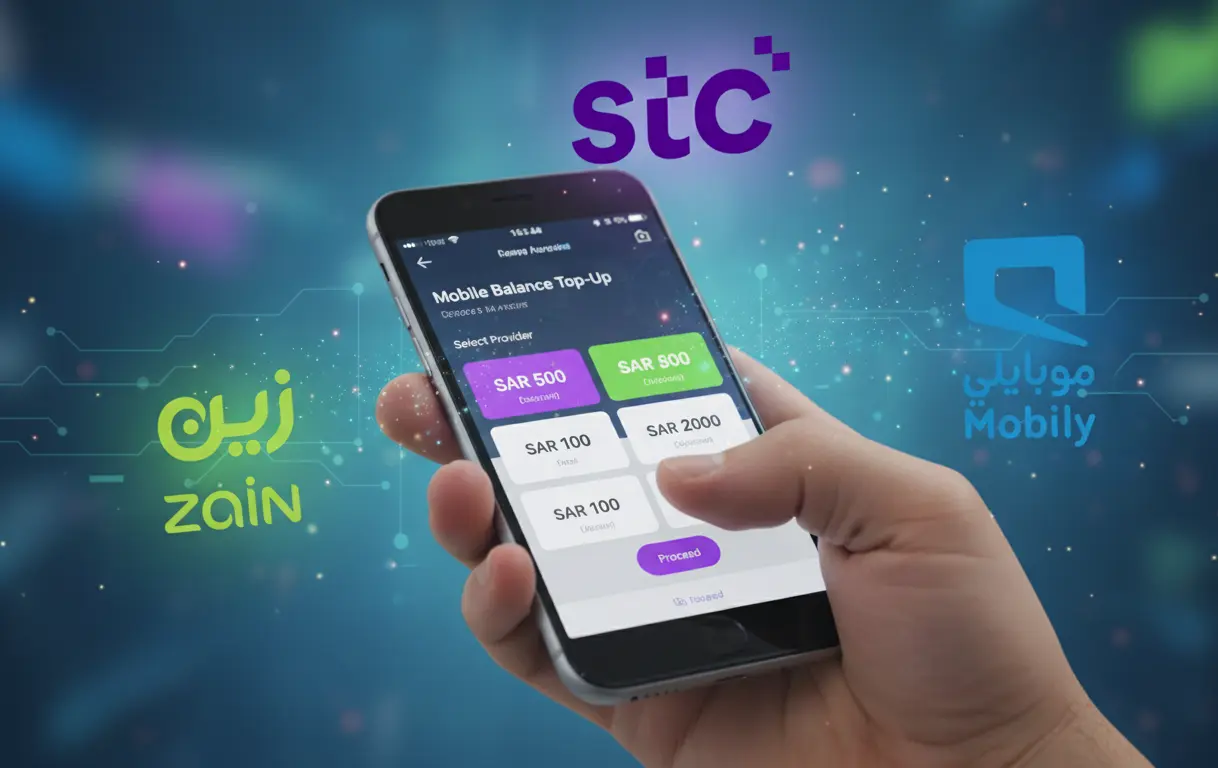


1 thought on “BYD to install 500–1,000 ultra-fast chargers in Saudi Arabia and the UAE — a bold play to beat Tesla and reshape Gulf EV travel”
Comments are closed.